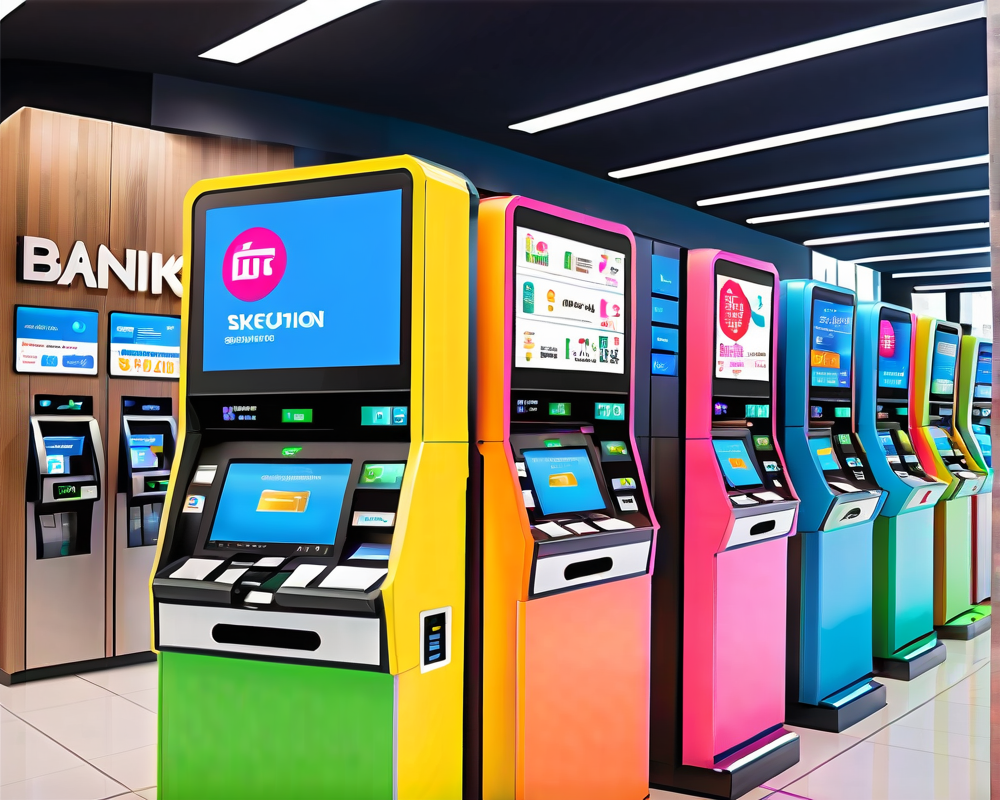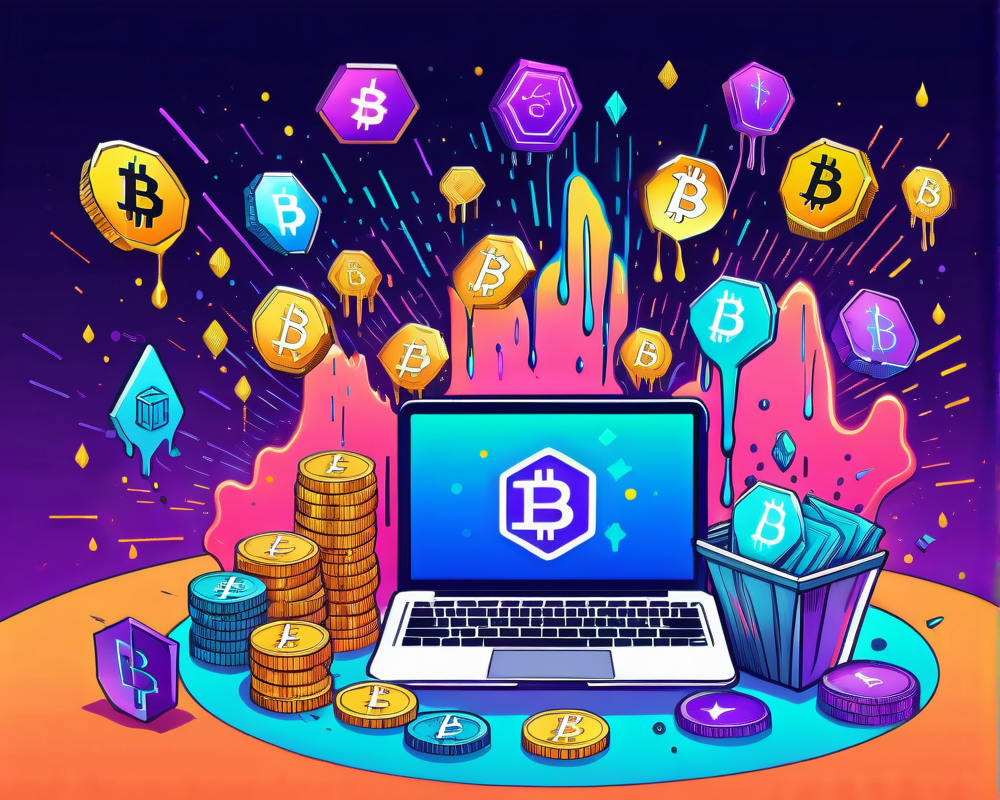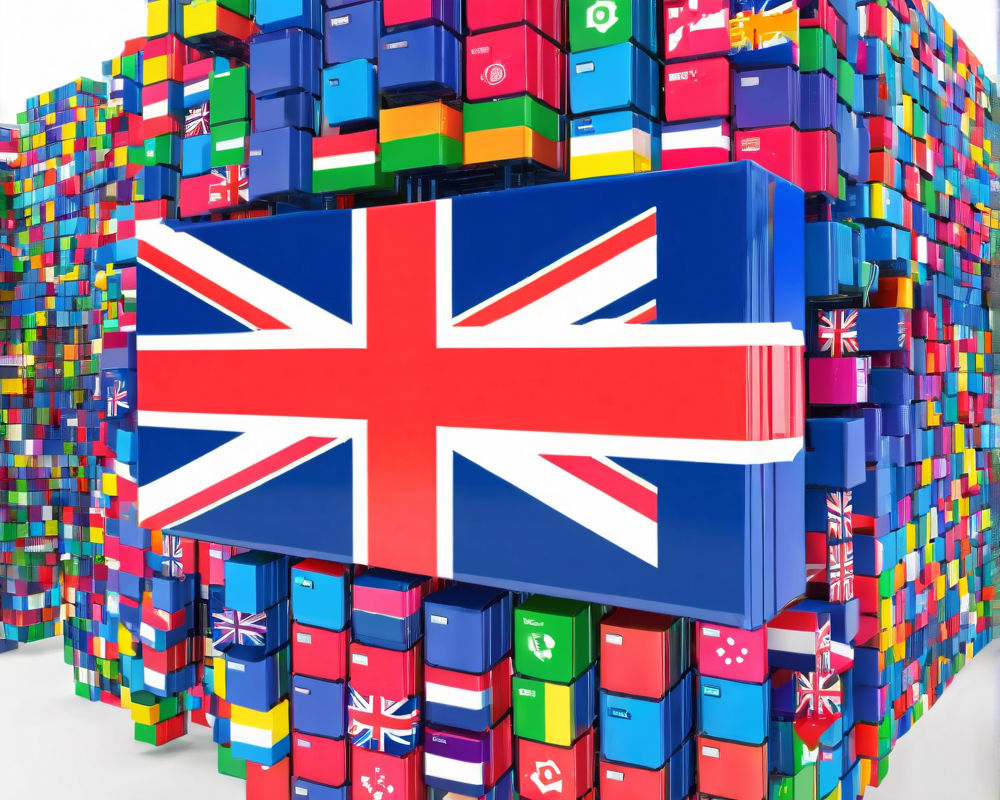The Dawn of Digital Banking: A Historical Snapshot
Digital banking, or e-banking for those in the know, has come a long way since its humble beginnings. Back in the 1960s, banks were cranking things up a notch with mainframe computers, automating everything from check processing to account management. And let’s not forget that in 1969, Bank of America unleashed the first ATM on unsuspecting customers, letting folks withdraw cash without having to make awkward small talk with a teller.
The 1980s: It’s All About Dial-Up
Fast forward to the 1980s, when the introduction of dial-up services made it possible for customers to access their accounts from the comfort of their own homes. Just imagine it: the screeching sounds of a modem connecting and the thrill of finally seeing your account balance swim before your eyes. Citibank even got in on the act with the first online banking system, proving that digital banking was more than just a passing fad.
The Rise of Online Banking: 1990s and 2000s
As the internet started taking over our lives in the 1990s, online banking portals emerged, making it easier than ever to check your balance, transfer money, and pay bills without even putting on pants. In 1994, the Stanford Federal Credit Union proudly declared itself the first financial institution to offer online banking—take that, world!
Convenience on a Whole New Level
By the late 90s, people were rapidly trading their bank visits for clicks, as online banking became the hot thing. It was like realizing the line for the bathroom at a concert was way shorter if you just used your phone instead of waiting alongside a sea of impatient fans. And by 1996, Wells Fargo hopped onto the bandwagon, officially becoming everyone’s new best friend.
Mobile Banking: A Game-Changer
Then came the smartphone revolution. With these nifty gadgets in our pockets, banking was no longer confined to desktops or ATMs. Enter the mobile banking apps of the late 2000s, allowing customers to sneak in a quick balance check or fund transfer during lunch breaks or endless boredom meetings. USAA Federal Savings Bank was the pioneer offering mobile banking through its app in 2007—and suddenly, every major bank scrambled to hop on the mobile app train.
The Future of Digital Banking: Tech Savvy and Secure
Today, we stand at the precipice of a new era in banking with the rise of technologies like blockchain and AI. Blockchain is here to turn the world of cross-border payments upside down, while banks are exploring the wonders of AI-powered chatbots—because who doesn’t want to argue with a robot at 2 AM about a missing transaction?
What Lies Ahead?
We may even see biometrics and IoT ushering us into a new age of banking where transactions get authenticated with a simple fingerprint or smile. Imagine checking your financial health via an app on your smartwatch while sipping your overpriced coffee—who says banking isn’t glamorous?
Digital Banking vs. DeFi: The Real Showdown
As we explore our options in the financial landscape, we can’t forget the melee between digital banking and decentralized finance (DeFi). DeFi, the edgy younger sibling of traditional banking, is here to shake things up on the blockchain, offering services without those pesky centralized authorities. Meanwhile, digital banking stays firmly rooted in the conventional, albeit spiced up with tech.
The Fork in the Road
Nuance is key here: Digital banking has become mainstream, embraced by millions—probably while scrolling through their feeds. But it’s still tied to traditional institutions, which can limit innovation. On the other hand, DeFi presents thrilling possibilities but grapples with challenges like scalability and security. It’s a classic case of “What do you want? Reliable banking or risky but innovative risks?”



